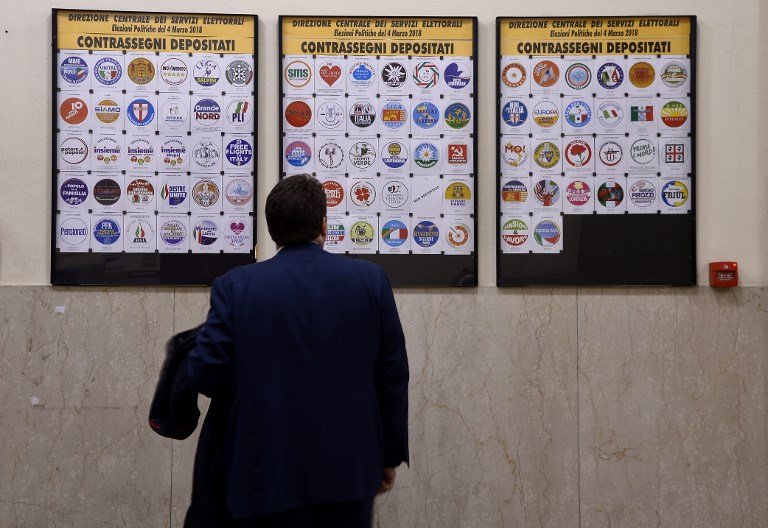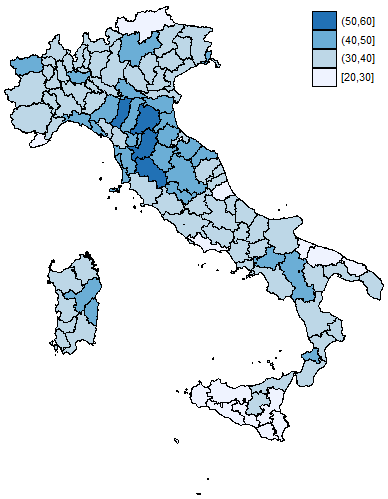
Italy was the first European country to be hit by the COVID-19 pandemic, experimenting and fine-tuning its policies against the virus. In November 2020, the Italian government introduced a color-coding system, adapting its constraining measures to the local epidemiological situation.
In this research note, I first use mobility data to check the effects of this policy, and then analyse their geographical variation for similar levels of constraint as a proxy for its local enforcement. Finally, I explore some ex-ante and ex-post correlates of greater or lesser adherence to the mobility constraints in regard to the further spread of the virus. Contrary to some stereotypes, the level of compliance with the new anti-COVID policy was reasonably high, and in any case sufficient to curb the pandemic.
Marco Giuliani (2022) Complying with Anti-COVID Policies. Subnational Variations and their Correlates. Rivista Italiana di Politiche Pubbliche, 2: 241-268, DOI: 10.1483/104976



